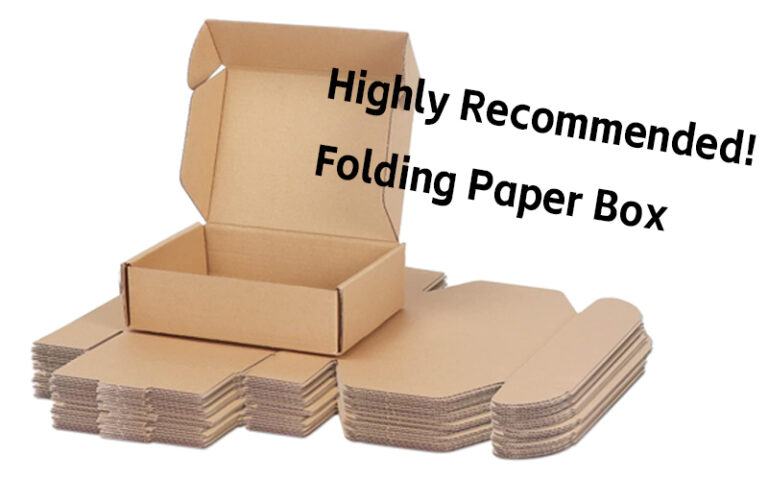When it comes to packaging, the choice between folding and non-folding paper boxes can be a significant one. Both types have their unique advantages and ideal applications. This blog post will explore the characteristics, benefits, and ideal uses for each, helping you make an informed decision for your next packaging project.
Folding Paper Boxes
Pros:
Customizable: Can be tailored to fit specific products or shapes.
Economical: Often less expensive to produce in bulk.
Space-Saving: They are flat when not in use, saving storage space.
Easy Assembly: Require no tools for assembly, just simple folding.
Cons:
Less Durable: May not hold heavy items without additional support.
Requires Skill: Proper folding technique is necessary for a professional finish.
Ideal Uses: Gift packaging, small item storage, DIY crafts.

Non-Folding Paper Boxes
Pros:
Sturdy: Designed to hold more weight and provide better structural support.
Ready-to-Use: No assembly required, making them convenient for immediate use.
Professional Look: Often have a more polished appearance due to printing and finishing options.
Cons:
Higher Cost: Generally more expensive, especially for custom designs.
Bulky Storage: Take up more space when not in use due to their pre-assembled nature.
Ideal Uses: Retail packaging, shipping heavier items, professional presentations.
Comparative Analysis
Material and Construction:
Folding Boxes are typically made from lighter cardstock and require folding to achieve their box shape.
Non-Folding Boxes are pre-constructed and may use heavier materials for added strength.
Cost and Efficiency:
Folding boxes can be more cost-effective for mass production due to lower material and assembly costs.
Non-folding boxes, while more expensive, offer immediate usability and a ready-to-use solution.
Aesthetics and Presentation:
Folding boxes can be personalized with decorations and are great for DIY projects.
Non-folding boxes often have a more uniform and professional appearance, suitable for branding and retail settings.
Storage and Logistics:
The flat nature of folding boxes makes them ideal for storage and transportation, especially when space is a concern.
Non-folding boxes are ready for immediate use but require more careful handling and storage due to their bulkiness.
Making the Right Choice
The decision between folding and non-folding paper boxes should be based on your specific needs:
Consider the weight and fragility of the items you plan to package.
Evaluate the importance of a professional appearance versus the cost of production.
Think about the ease of assembly and the space required for storage.

Conclusion
Both folding and non-folding paper boxes have their place in the world of packaging. Folding boxes offer a customizable and space-saving solution, while non-folding boxes provide a sturdy and ready-to-use option. Understanding the benefits and limitations of each will help you choose the right packaging for your products, ensuring both functionality and visual appeal.

